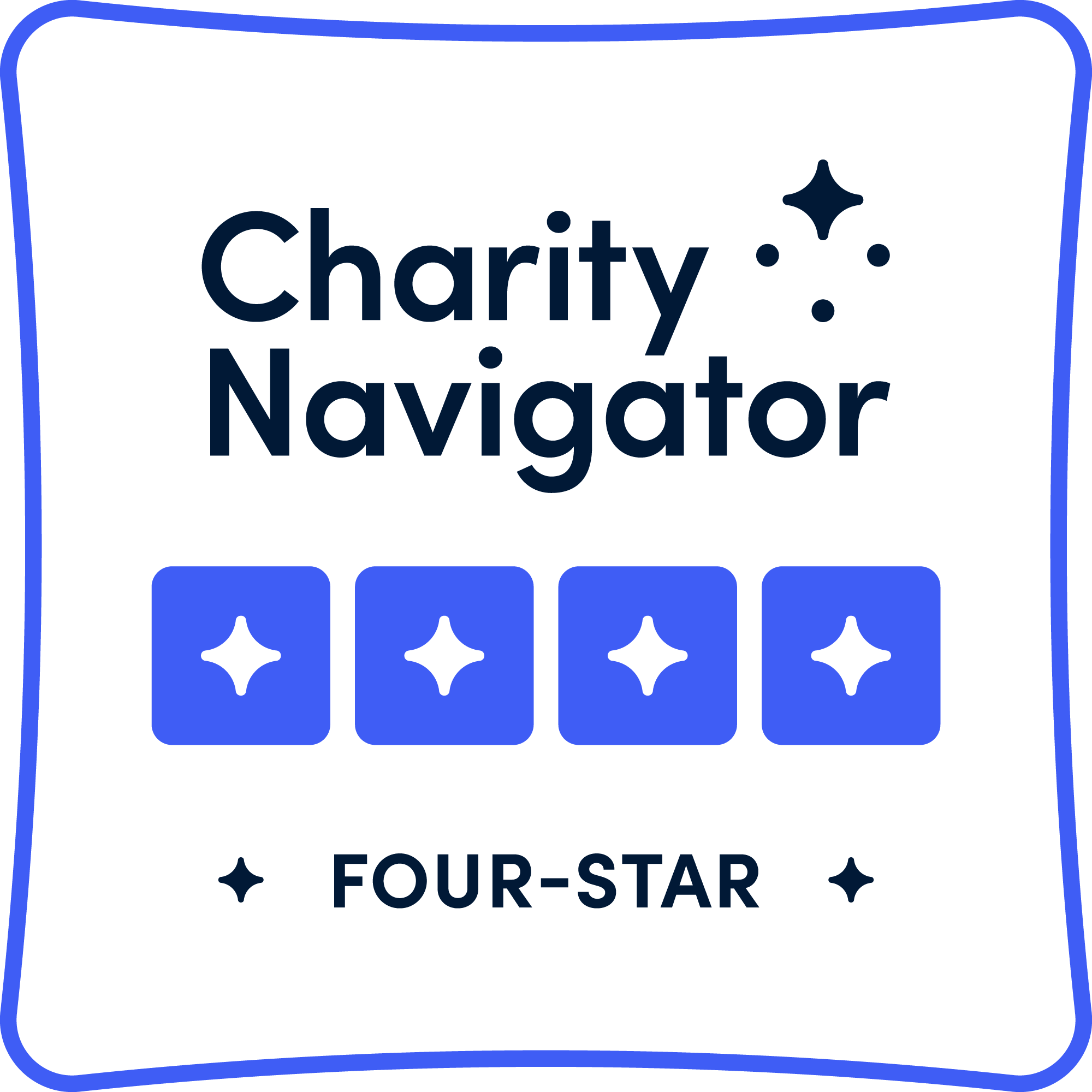There’s an unfortunate history (and continued issue) in the US of people of color getting passed over for jobs or promotions in the workplace simply because of the color of their skin. And thousands of people across the country face another disturbing issue that happens much too often: workplace discrimination.
These injustices and barriers in the workplace make it difficult for people of color to succeed in their careers—something that can also be extremely discouraging to students who will soon be entering the workforce. We had the honor of speaking again with AiLun Ku, President and CEO of The Opportunity Network, about cultural diversity and inclusivity in the workforce and the support students of color should seek to ensure they’re finding internships and careers that embody it. Read on to learn more.
On looking for the right opportunities
What are some examples of training and internship experiences that address cultural differences in a meaningful way? How do these set the stage for career success?
There are so many hidden rules of work—how to dress, how to interview, how to network, how to advocate for oneself, and more. For students of color interviewing and preparing for internships, ask the hiring manager whether you’ll be assigned a mentor (bonus if that mentor shares some lived experiences or identity with you) who can help you navigate and better understand the norms and culture of the company if you’re hired.
You’ll also want to go to your school’s Career Services Office and ask them for information to learn more about your rights as an internship employee. For example, will youwork in a state that bans ethnic hair discrimination? What happens if you don’t and choose to wear your natural hair? Do you understand your employer’s anti-discrimination policy, and how do you ensure your safety if faced with bias and racist behavior? Accessing this information will help you feel prepared before navigating new environments.
Internships are early career experiences that give you vignettes into the world of work. Go into every internship opportunity with open curiosity, deliberate learning goals, and an unshakeable sense of value and self-worth. You were hired because of your demonstrated value to the company, so don’t let anything sway you from that truth. Use internship opportunities to build your sense of confidence and practice building your network, honing your skills, refining your sense of purpose, and laying the building blocks for whatever you want to do next in your career.
Related: Internships: Your Dream Job Diving Board
On seeking support from your school
How can students work with their schools to ensure they’re finding culturally supportive, inclusive, and diverse internships and workplaces while in college?
Tap into the collective power and voice of your student groups to streamline and organize your asks. While there’s always value in individual agency, it also helps to be supported by the endorsement of the Black, Latinx, APIA, Indigenous, LGBTQIA+, or other student unions and associations. Organize with your peers and consider some of the following to identify the most inclusive and best-fit work environments for you:
- Ask for access to a program or platform where you can ask alumni questions about their current or previous employers’ culture and inclusion practices.
- Ask for workshops that use tools like Glassdoor to assess a workplace before you accept an offer.
- Ask for a directory of minority-owned or minority-led companies to kick-start your internship or job search.
- Ask your college to help you benchmark and compare equitable pay and benefits when negotiating an offer.
- Ask your Career Services Office to use their institutional capital to encourage employers to treat diversity recruitment events as a priority and not as trailing add-ons to the main event.
Related: Q&A: Promoting College Success for Students of Color
On what organizations can be doing better
What can internship sites and employers do to make strides to be more diverse and make the interview and hiring process more welcoming and inclusive?
Many internship sites and employers are tasked with undoing decades and decades of practices that have structurally excluded talent of color. It’s a tall order, but I’m seeing a real change in deliberate efforts to create more inclusive recruitment and hiring practices that diversify their talent pool and employee composition. Some examples include:
- Working with career preparation pipeline programs to specifically recruit interns of color;
- Training hiring managers to be aware of and undo unconscious bias throughout the hiring process and to gain cultural competency;
- Deploying “blind hiring” processes to mitigate biased hiring practices;
- Launching signature apprenticeships or leadership development programs to invest in talent of color; and
- Partnering with tech platforms to specifically source talent of color.
Great internship opportunities for students of color
What are some resources that students of color can use to find internship opportunities and career/professional support?
Here’s a selection of programs and organizations students may be able to access through college campuses or directly (some are geographically based):
- Basta
- Braven
- CareerVillage
- CareerWise
- COOP Careers
- Career Connections by Facebook
- Futures and Options
- Genesys Works
- Hats and Ladders
- Hive Diversity
- internX
- Jopwell
- MLT
- OppNet’s UninterruptED: Unstoppable Learning
- Pencil
- Year Up
Related: How to Find an Internship That Works for You
Stay tuned for our last Q&A with AiLun in which we’ll discuss the nature of the opportunity gap and steps students and others can take to help close it so people of color have access to more opportunities that allow them to thrive. To learn more about The Opportunity Network and its mission, please visit opportunitynetwork.org.
For more advice on finding great job opportunities, check out our Internships and Careers section.
Click here to read the original article.

